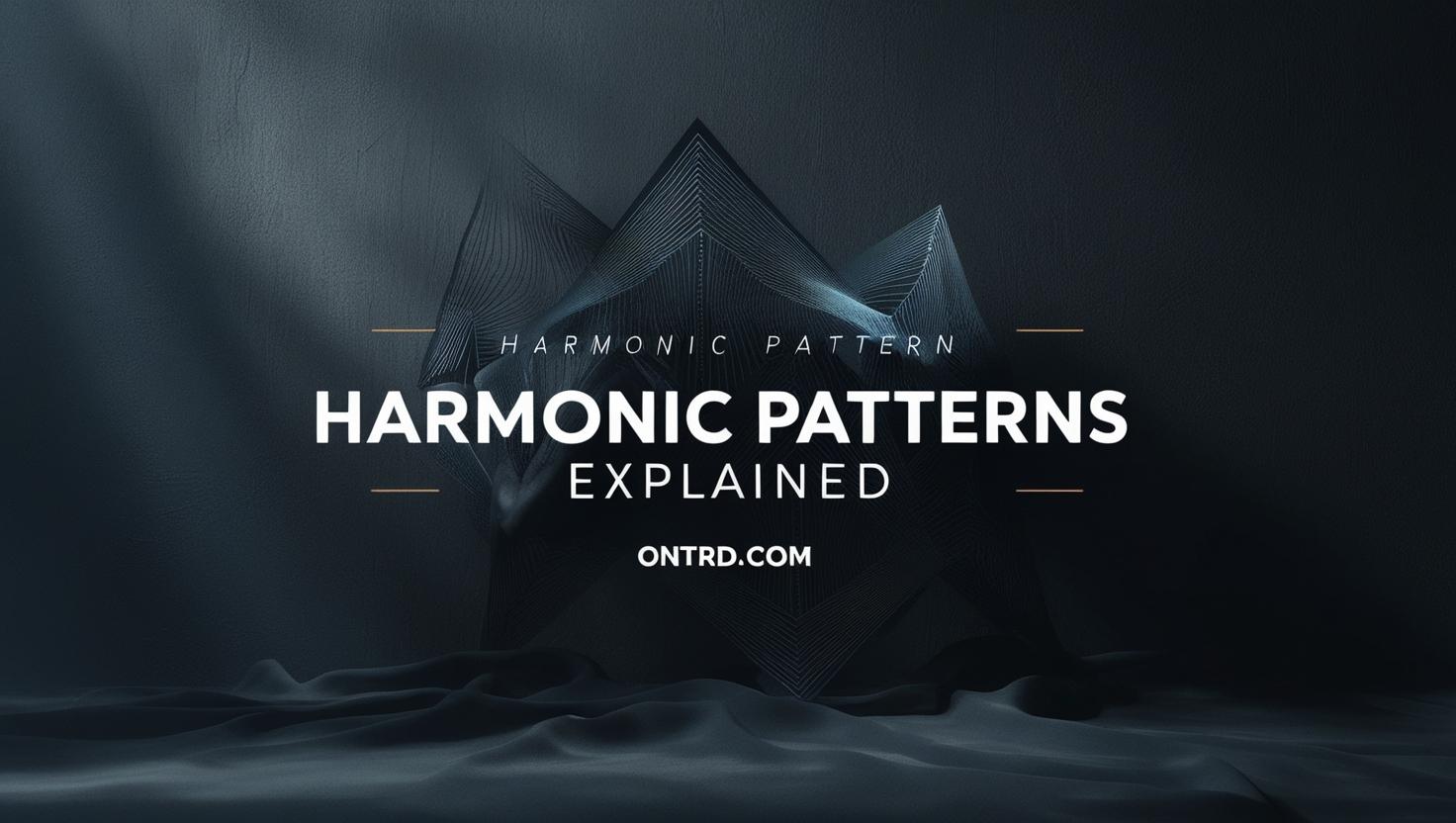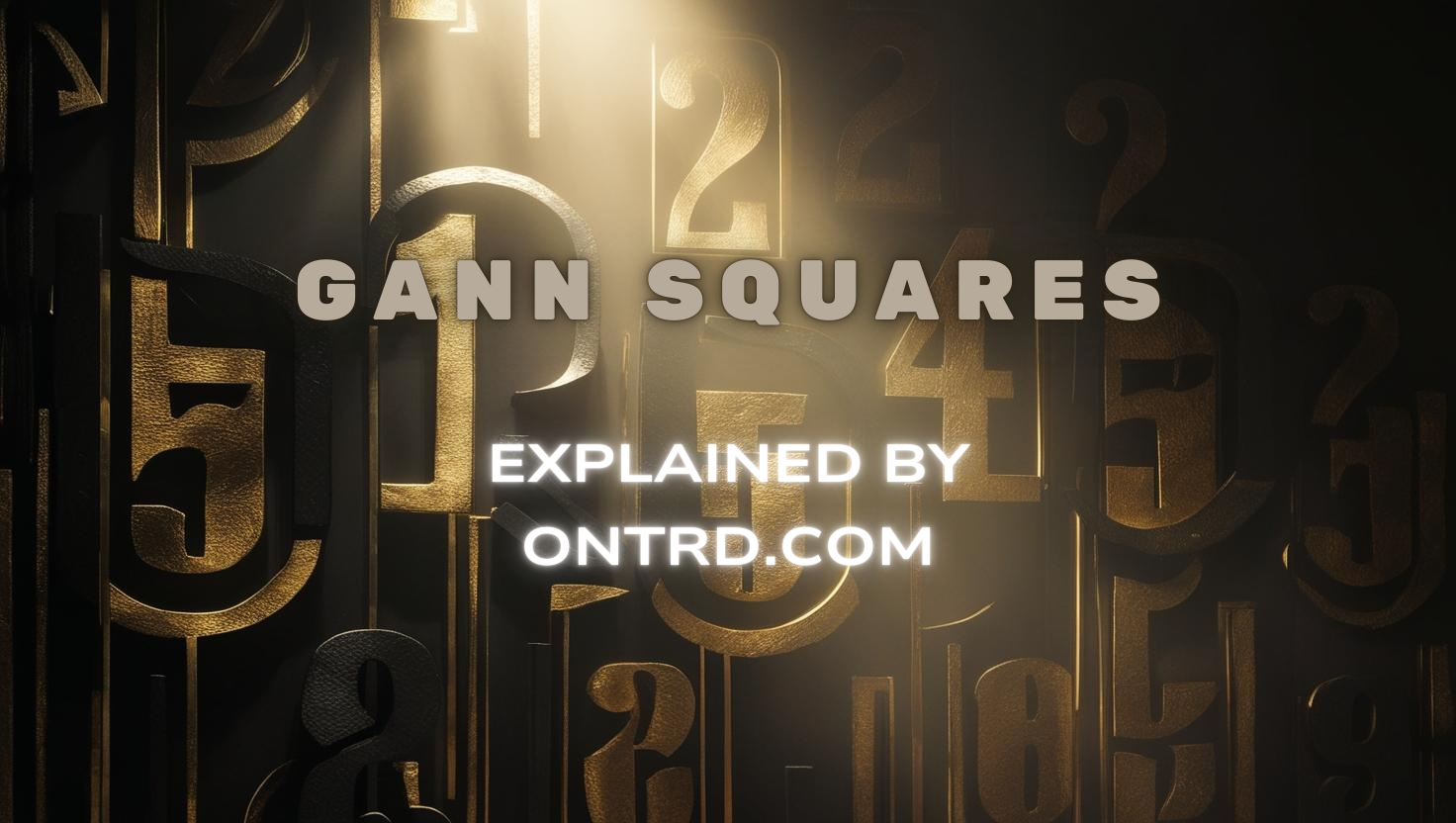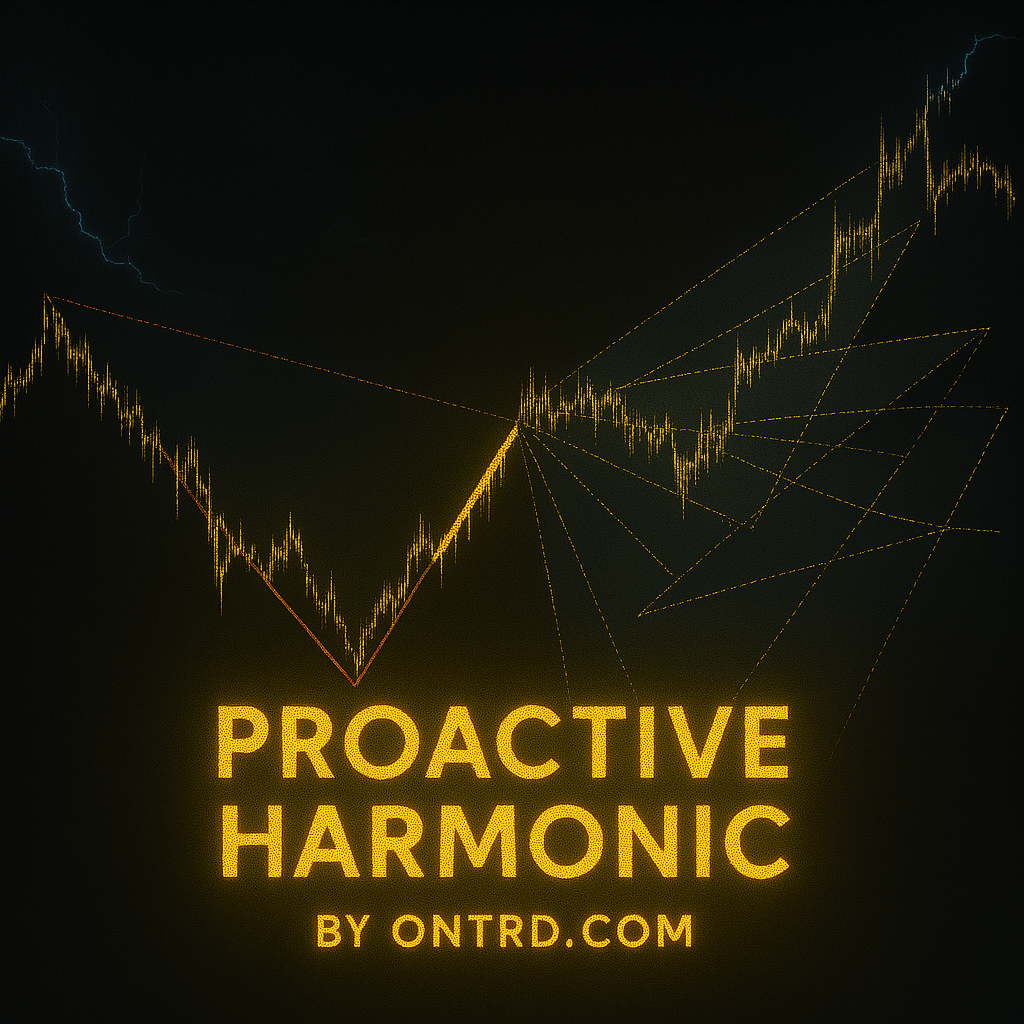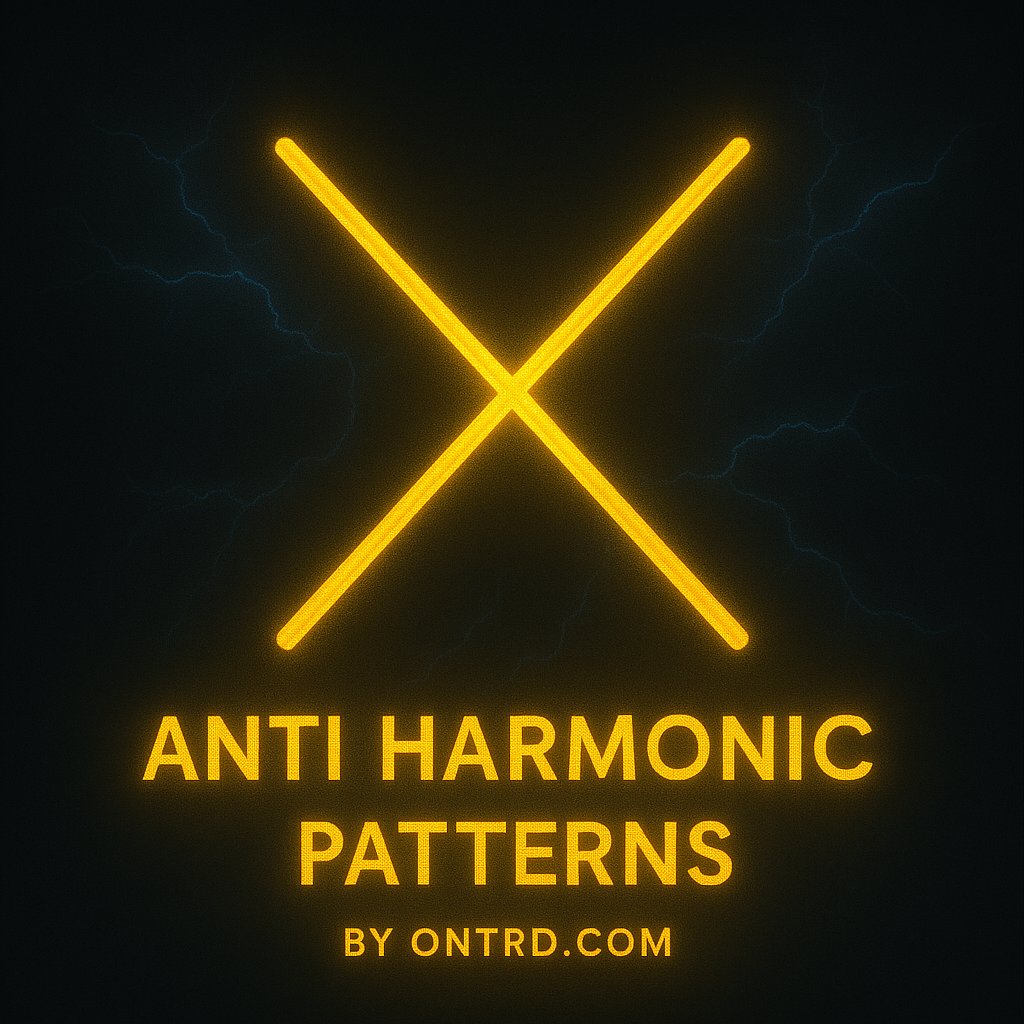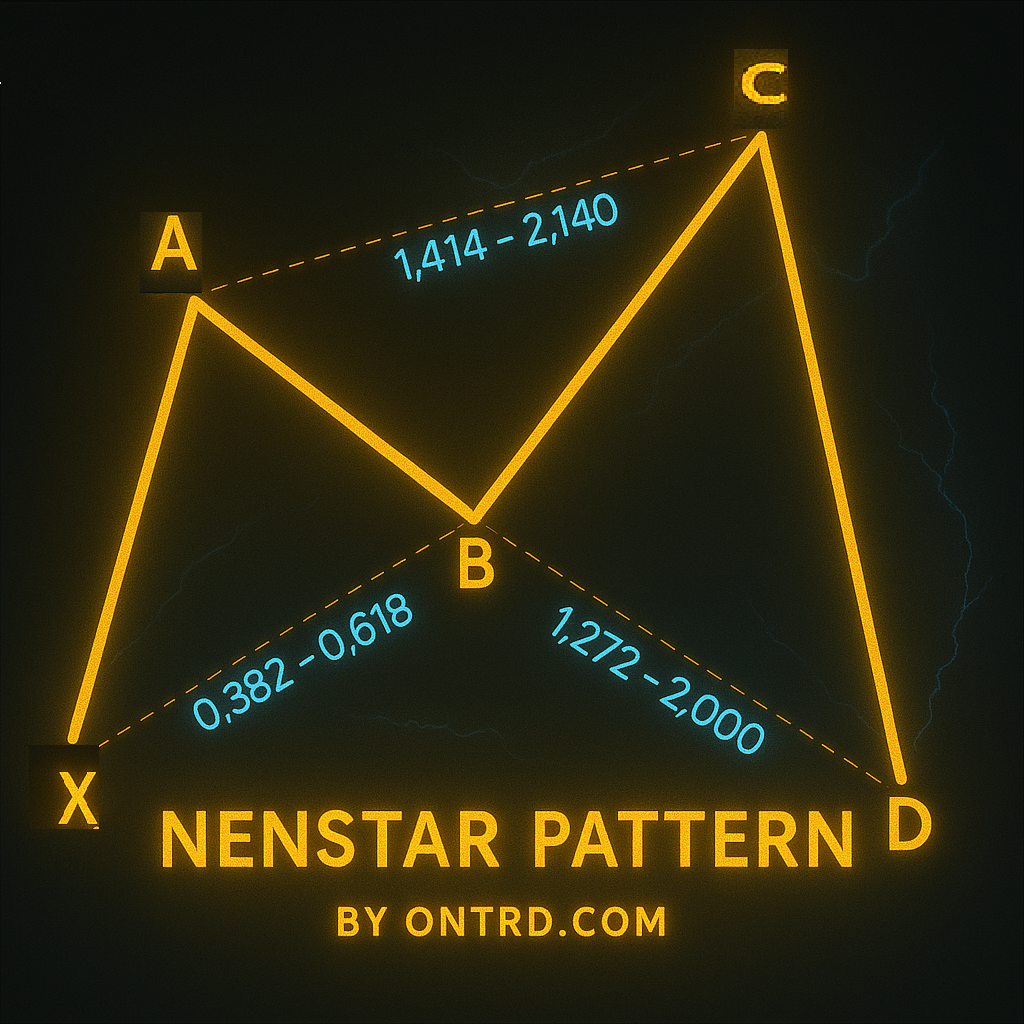Introduction to Harmonic Patterns Analysis
The Origin and Development of the Fibonacci Sequence
The Fibonacci sequence is a mathematical series where each number is the sum of the two preceding ones, starting with: 0, 1, 1, 2, 3, 5, 8, 13, and so on. This sequence was first discovered in the 13th century by the Italian mathematician Leonardo Fibonacci, who observed its occurrence in nature, such as in the arrangement of leaves and the proportions of seashells.
Over time, mathematicians found that the ratios of these numbers approach the golden ratio (1.618), which is used in various fields, including art, architecture, and financial market analysis. Eventually, traders started using Fibonacci ratios to identify potential support and resistance levels, leading to the development of harmonic patterns.
Where Did the Idea of Harmonic Patterns Begin?
The roots of harmonic patterns date back to the 1930s when Harold M. Gartley introduced the first pattern-based market analysis in his book “Profits in the Stock Market” in 1935. Later, analysts such as Scott Carney and Larry Pesavento refined these patterns by integrating Fibonacci level, making it easier to pinpoint potential reversal zones with greater accuracy.
Expected Reversal Zones in Harmonic Pattern
Expected reversal zones in harmonic patterns are known as Potential Reversal Zones (PRZ). These areas are determined by the convergence of multiple Fibonacci level, such as:
- The 161.8% extension of the first leg.
- The 78.6% or 88.6% retracement of the previous leg.
- Other relevant ratios such as 38.2%, 50%, and 61.8%, depending on the specific pattern.
When these levels coincide at a particular price point, they indicate a strong likelihood of a price reversal, offering traders high-probability entry opportunities.
Common Reversal Zones Across Multiple Patterns
Sometimes, reversal zones of different harmonic patterns overlap, creating stronger support or resistance levels. When two or more PRZs coincide, they form what is known as Confluence Zones, significantly increasing the probability of a price reversal. Traders often rely on these zones to enhance the accuracy of their trades.
Entry Confirmations with Harmonic Patterns
Relying solely on harmonic patterns is not advisable; additional confirmations should be used before entering a trade, such as:
- Reversal Candlestick Patterns like the Engulfing pattern or Hammer candle.
- Momentum Indicators such as the Relative Strength Index (RSI) or Moving Average Convergence Divergence (MACD).
- Volume Analysis, where an increase in trading volume supports a stronger reversal signal.
- Trend Lines and Psychological Levels, such as strong historical support and resistance zones.
- You should beware of Economic News while using patterns.
How to Calculate the Target and Stop Loss for Harmonic Patterns
- First Target (TP1): Usually at the 38.2% or 61.8% retracement of the last leg.
- Second Target (TP2): At the 100% or 127.2% Fibonacci extension of the last leg.
- Stop Loss (SL): Placed beyond the PRZ, often at the 113% extension of the main leg or below the lowest point formed within the PRZ.
Utilizing Fibonacci Fans in Harmonic Analysis
Fibonacci fans are used to predict potential trend directions after a reversal. They can be integrated with harmonic patterns as follows:
- Drawing Fibonacci fan lines from the PRZ to the highest or lowest point of the pattern.
- Identifying key angles such as 38.2%, 50%, and 61.8% as dynamic support and resistance levels.
- Observing how price reacts to these lines to confirm trend continuation or reversal.
Measuring Ratios Using Fibonacci in Harmonic Pattern
To measure Fibonacci ratios in harmonic patterns, traders should:
- Use the Fibonacci retracement tool to identify key support and resistance levels.
- Apply the Fibonacci extension tool to project future targets.
- Implement these tools on the primary legs of the pattern to determine the most accurate PRZ levels.
Best Product to Detect Harmonic Pattern on charts :
ON Trade Waves Patterns Have it from :
Shepherd Harmonic Patterns :
For more info you can Contact us .
Explains :
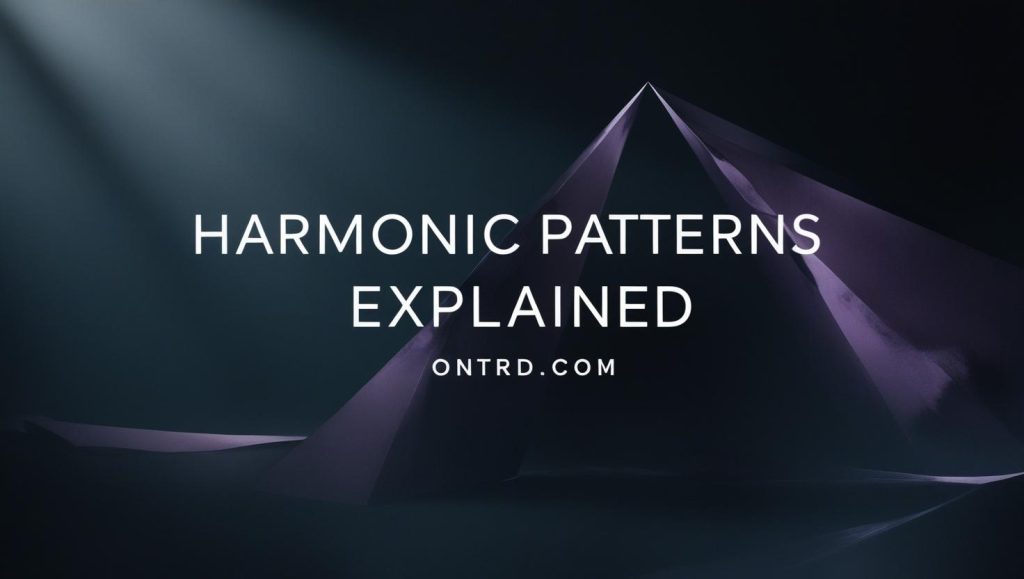
1 Review
Wow Great Guide to learn harmonic patterns i prefer it


